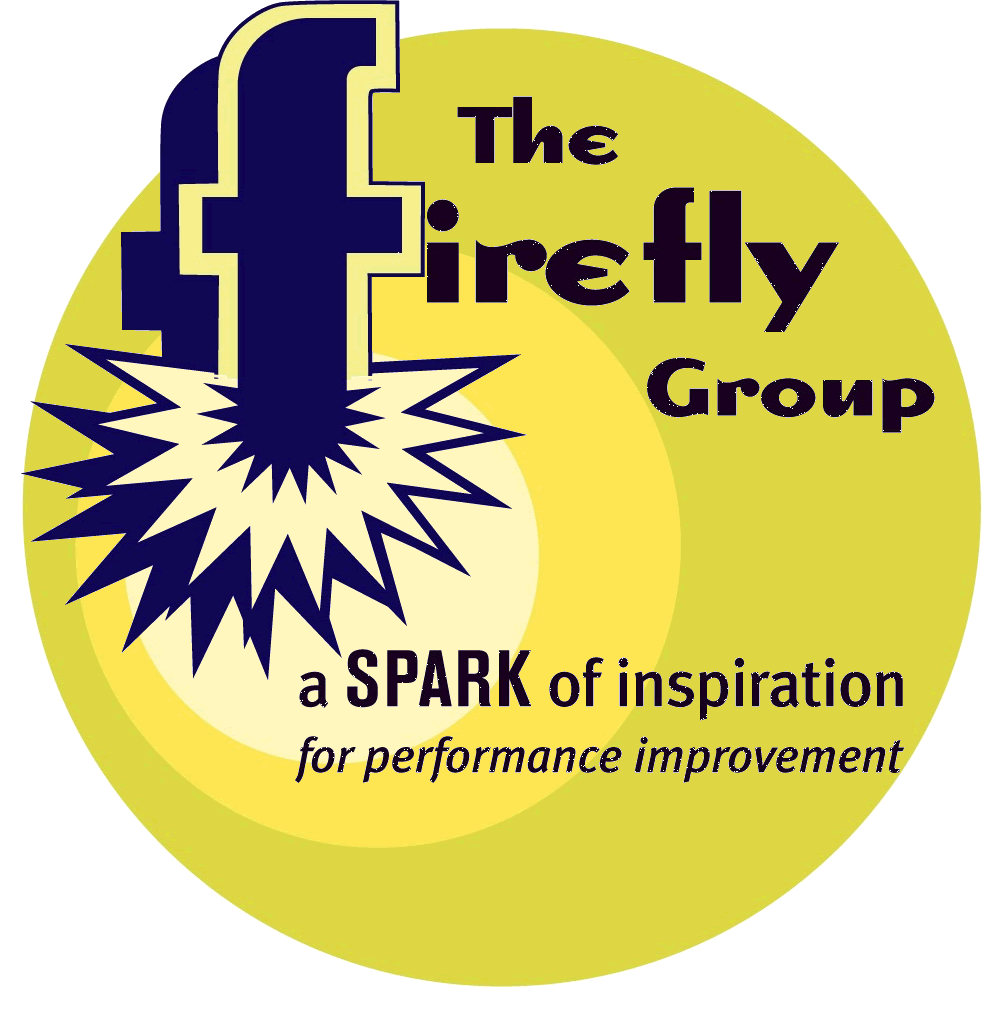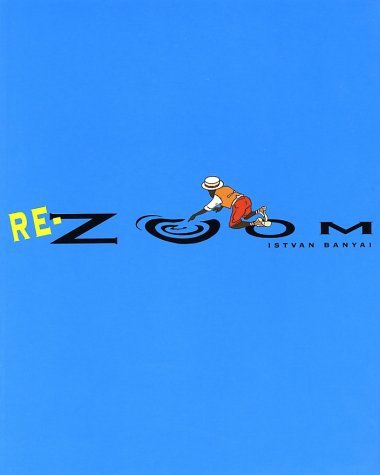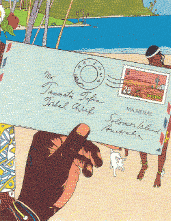

|
|

November 2011
In this Issue: Readers Write about Stormy Lessons
|
Say
It Quick |
Discoveries bits of serendipity to inspire and motivate |
Ideas fuel for your own continuous learning |
Activities tips and tricks you can try today |
| A Perfect Smile | Zoom | Communication On the Edge | Filling In the Gaps |
Gaps and holes are usually meant to be filled. But empty space is critical for creating the complete context in many situations. Find out how beginning with this 99-Word Story.
A Perfect
Smile
At my last dental appointment, I got more than the usual fluoride treatment.
I learned about smiles. Dr. Neumeister explained that we decide whether someone's
smile is "normal," whether it looks right, by noticing the blank spaces. Teeth
are important, but we get our sense of symmetry from the empty space around
them - without even realizing it!
Similarly, we judge people based upon what isn't there: the intent behind their actions, the tone underlying their words, the assumptions about their ethnicity.
Like reading between the lines, the space between has a bigger impact than what's obvious.

Zoom
by Istvan Banya
My favorite book as a child was a collection of stories, poems, and illustrations.
I don't recall the name but on the front was a picture of a boy and girl reading
a book together. The cover of their book had a picture of the very same children
reading a book with a cover showing the same two children. The tableau seemed
to recede to the subatomic level.
This is the theme of Zoom by Istvan Banyai, a wordless book of pictures that tells an ever expanding story of connections and relationships. Each page shows one picture: children looking out a farmhouse window, a boy by a swimming pool, a man watching TV. But each picture is an expanded view of the previous so that the reader is pulled further and further out to see a wider perspective. After just a few pages you begin to marvel that so much information could be hidden so deeply in the pages of one book.
Zoom is
a metaphorical representation of the universe rendered in every-day images
familiar to anyone. Instead of visuals that progress from electrons to molecules
to microscopic life and eventually the outer nebulae, the pictures in Zoom
move from a rooster to a city to a desert to a tropical island and, eventually
the earth floating in black space. How these disparate images are connected
is the charm of the book. And the fun is in the transition from one image
to the next. Moving forward and back between the pages gives the reader the
experience of moving through deep space with a feeling of omniscience. 
Each page in Zoom, a complete story by itself, is just one member of a nested narrative that stretches toward infinity. The book is about perspective. It plays with the notion that we never have the full picture; we never know the whole story. Fortunately, if you finish the book but are not tired of the concept, Banyai has provided other opportunities to expand your perspective in two similar books titled, Re-zoom and REM. Perhaps after reading these books you will find that your own perspective has expanded in some way or other. If that happens, !
Zoom by Istvan Banyai, ISBN 0-670-85804-8
Communication
On the Edge
I encountered Zoom at a breakout session at the latest conference
of the North American Simulation and Gaming Association (NASAGA).
Adriana Medina-Lopez-Portillo, Assistant
Professor of Intercultural Communication at the University of Maryland Baltimore
County, led an activity in which each participant was given a page from Istvan
Banyai's book and instructed not to allow anyone else to see it. Then we were
told to arrange ourselves and our pictures in a logical sequence. The purpose
was to provide data for a subsequent discussion about planning, process improvement,
teamwork, and communication.
Zoom was
a highly flexible resource in that it gave us an opportunity to talk about
all these topics. When we focused on communication, some fascinating insights
were revealed. For example, most people gave a brief description of their
picture sharing just a few highlights. But one woman, a graphic designer,
went into incredible detail about her image trying to give enough context
for others to decide whether their picture came before hers or after. 
But whether someone described a lot or a little about their picture, no one talked about what was at the edge of their image. We all paid more attention to what was central. None of us realized was that the clues about the next image were really around the edges of our own. My picture had a border like the perforated edge of a stamp but I didn't think to mention that detail. Yet that would have been helpful to the person whose picture had a mail carrier holding a letter with a stamp like my picture!
Here was the insight about communication: when we send our verbal messages, we don't know what will be important for the receiver. And the person listening doesn't know what other information we have that they should be asking about.
Could this be a common cause of miscommunication? Don't we often tell someone something only to discover later that we have been misunderstood? Perhaps we failed to include the peripheral information that would help clarify, connect, and add context. What might we do to avoid this type of message mismatch? Maybe we could slow down, ask the listener to repeat what they heard, or ask them what else they need to know.
The context, the whole environment around a conversation, builds upon history, establishes emotion, sets the tone, and anticipates future actions. All this is in addition to the straight verbal message of our words. Like the 99-Word Story this month, sometimes the gap, the things left unstated, are even more important for our communication than what we do say!
Filling In
the Gaps
You can find a
complete write up of the activity using Zoom at this link: http://wilderdom.com/games/
Click on "Zoom & Re-Zoom" under the heading "Most Popular
Games" The description includes discussion questions and variations.
You can also use Zoom to frame a discussion about organizational culture, vision, or mission. Here's how.
Ask people to think about their organization or team and how they would like it to be in the near future. Then randomly distribute a picture from Zoom to each person. Ask them to tell a story that relates the picture they have to their vision for the organization. This may be a stretch for some people but encourage them to make the effort.
When people tell their story, be sure to have them make connections to the vision for the organization. Then, as the stories accumulate, people will begin to see similarities between their pictures. And they will make connections between their personal versions of the vision as well.
In one organization, this activity helped participants notice that even though they often felt like they worked in silos, there were many more associations with each other than they had realized. They were able to see how their work was interconnected even though they did not see themselves as having strong links to others.
Again, whether we are talking about what makes a smile, what makes good communication, or what defines organizational culture, what is not seen or said or recognized plays just as important a role as what we do notice and attend to.
If you find an example of how the larger and usually unnoticed context impacts a situation, please with me and your fellow readers.
A Response to the October 2011 Issue Stormy Lessons
LOVED this issue, Brian. Deeply interesting, and touching to read about the VT experiences. I'm glad to have the links to references about self-organizing systems. FYI - Edward de Bono's thinking systems were all based on his medical training and being one of the first people to understand that the neural networks in the brain are a self-organizing system. Thank you, Enjoy the autumn in VT!
-- Frank M., Massachusetts
|
If you like what you have read in this issue, I would like to bring the same innovation, creativity, and playfulness to your next meeting or learning event. Whether you need a keynote speaker, or help with strategic planning, performance improvement, or training facilitators and trainers in your organization, I look forward to your call (802.257.7247) or . -- Brian |
Read previous
issues. Click Library!
To add or delete your name to our mailing list, email
with a short note in the subject line.
I want this newsletter to be practical, succinct, and thoughtful. If you have suggestions about how I can meet these criteria, please let me know! Send me an with your thoughts and ideas.
Home
| Services
| Products
| Mission
| Ideas |
The Group
| The Buzz
(c)
2005 - 2011 The Firefly Group